Asia's Memorable Destinations: An Explorer's Aide
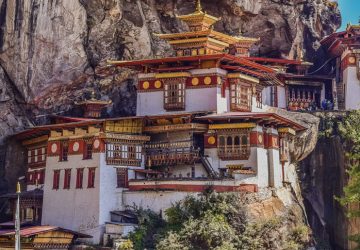
Asia is a mainland wealthy in history and culture, with endless notable destinations that offer a brief look into its different and captivating past. From antiquated sanctuaries and fabulous castles to noteworthy urban areas and archeological marvels, these destinations recount the tales of the civilizations that have formed the district.
1
"The Incomparable Mass of China"
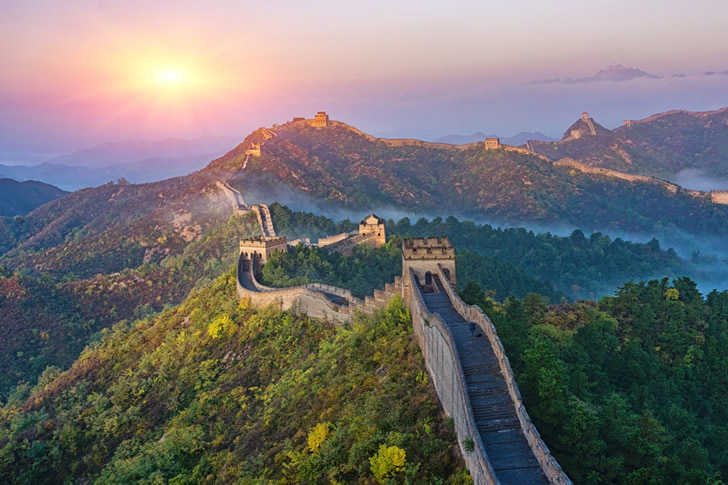
The Incomparable Mass of China is perhaps of the most notorious and conspicuous memorable site on the planet. Extending more than 13,000 miles, shielding Chinese states and domains from traveling invaders was initially assembled. Development of the wall started as soon as the seventh century BC and went on through different administrations, with the most notable areas worked during the Ming Tradition (1368-1644). Guests can investigate various segments of the wall, like the reestablished regions close to Beijing, including Badaling and Mutianyu, or the more rough, less packed areas like Jiankou and Simatai. Strolling along the Incomparable Wall offers shocking perspectives on the encompassing scenes and a profound feeling of history, as you continue in the strides of the troopers who once monitored this great construction.
Do you agree?
2
"The Illegal City, China"
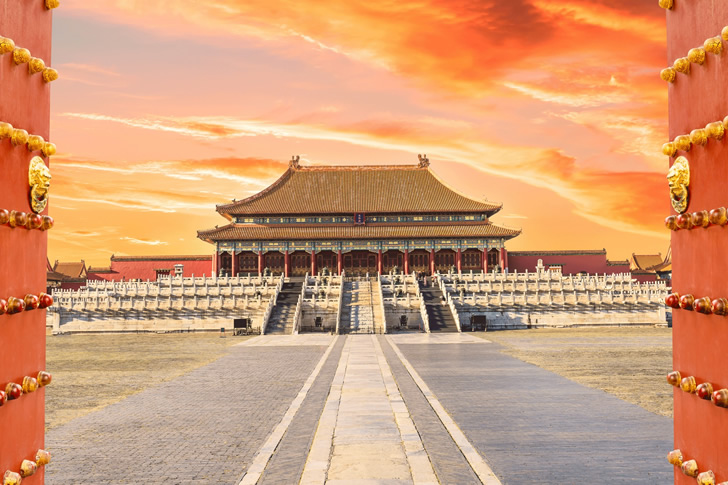
The Prohibited City, situated in the core of Beijing, was the majestic royal residence of the Ming and Qing Traditions and is one of China's most critical social legacy locales. Built in the mid fifteenth 100 years, it filled in as the home of rulers and the political focus of Chinese government for almost 500 years. The tremendous complex comprises of almost 1,000 structures, including stylized lobbies, living quarters, and gardens, all encompassed by an enormous wall and canal. Guests can investigate the Corridor of Preeminent Concordance, the biggest and most significant structure, the Majestic Nursery, and numerous other unpredictably finished structures. The Illegal City is an UNESCO World Legacy site and an image of China's rich history and building ability.
Do you agree?
3
"The Taj Mahal, India"
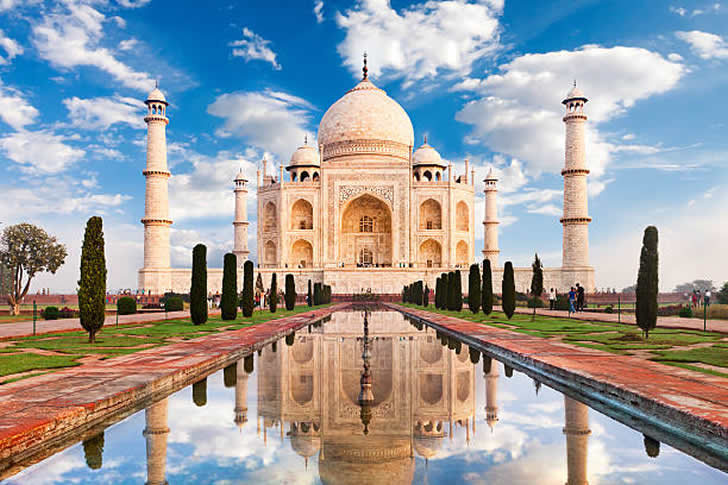
The Taj Mahal, situated in Agra, India, is quite possibly of the most gorgeous and famous structure on the planet. Charged by Sovereign Shah Jahan in 1632 in memory of his cherished spouse Mumtaz Mahal, the Taj Mahal is a staggering illustration of Mughal engineering. The white marble catacomb is embellished with complex trim work of semi-valuable stones, and its focal vault is flanked by four minarets. The encompassing nurseries, reflecting pool, and different structures add to the site's amazing magnificence. Guests can wonder about the stunning craftsmanship, investigate the tomb's inside, and find out about the heartfelt and authentic meaning of this UNESCO World Legacy site. The Taj Mahal stays an image of affection and a persevering through demonstration of the compositional splendor of the Mughal time.
Do you agree?
4
"Kyoto's Notable Sanctuaries, Japan"
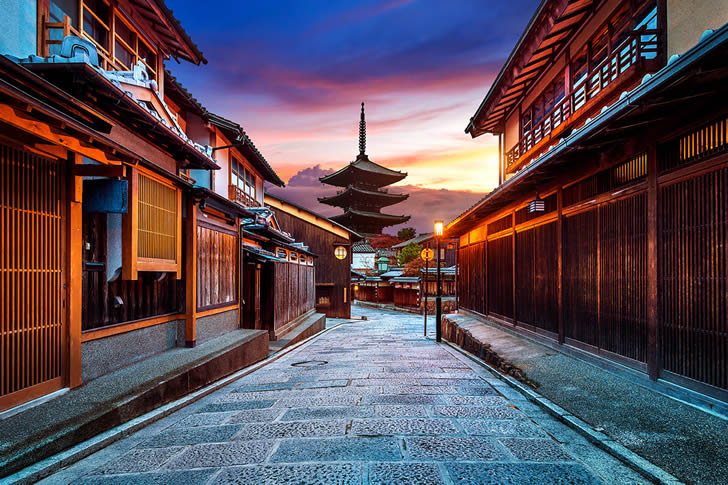
Kyoto, Japan, is home to an abundance of notable sanctuaries that mirror the country's rich social and strict legacy. Among the most popular are Kinkaku-ji (the Brilliant Structure), a Harmony Buddhist sanctuary shrouded in gold leaf; Fushimi Inari-taisha, known for its great many vermilion torii entryways that structure a way up Mount Inari; and Kiyomizu-dera, which offers shocking perspectives on Kyoto from its wooden stage. These sanctuaries, alongside numerous others in the city, feature conventional Japanese design, quiet gardens, and critical strict curios. Visiting Kyoto's sanctuaries gives a profound understanding into Japanese history, otherworldliness, and creativity, making it a high priority objective for any voyager inspired by Asia's memorable locales.
Do you agree?
5
"Petra, Jordan"
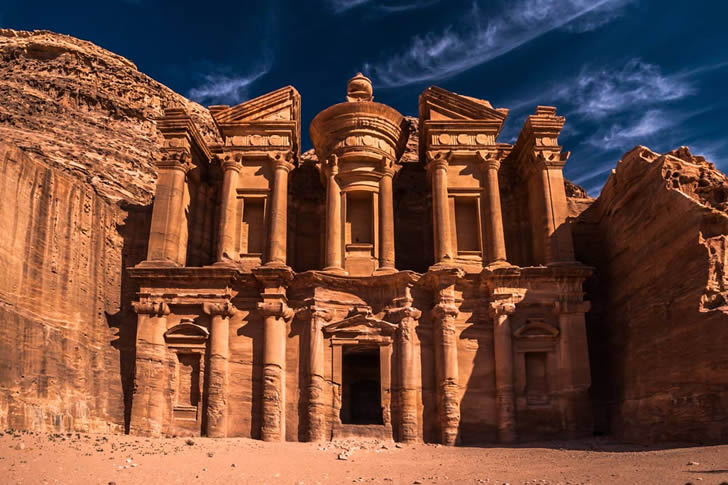
Petra, frequently alluded to as the Rose City because of the shade of the stone, is a notable and archeological city in southern Jordan. It was the capital of the Nabataean Realm and is famous for its stone cut design and water channel framework. The most popular design in Petra is Al-Khazneh (the Depository), which is complicatedly cut into a sandstone precipice. Guests enter Petra through the Siq, a limited chasm that opens up to uncover the Depository. Past this, there are various burial chambers, sanctuaries, and an amphitheater to investigate. Petra's blend of normal excellence and human creativity makes it quite possibly of the most convincing memorable site in Asia and an UNESCO World Legacy site.
Do you agree?
6
"Angkor Wat, Cambodia"
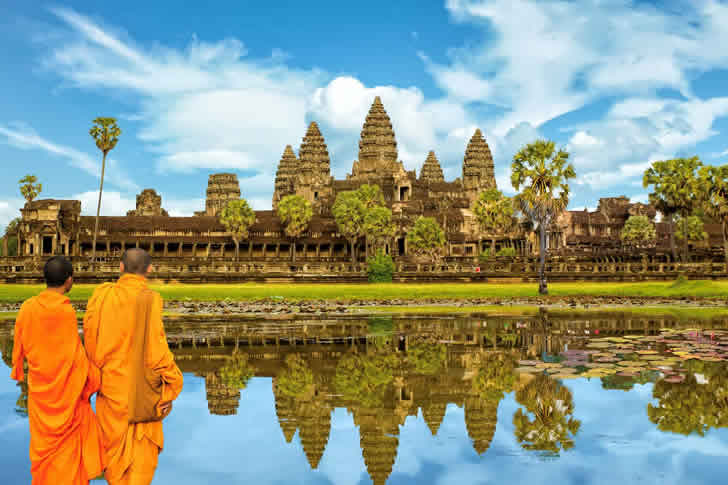
Angkor Wat is the biggest strict landmark on the planet and a show-stopper of Khmer engineering. Underlying the mid twelfth hundred years by Lord Suryavarman II, it was initially committed to the Hindu god Vishnu prior to turning into a Buddhist sanctuary. The complex is prestigious for its glory and unpredictable carvings, portraying scenes from Hindu folklore and daily existence. The sanctuary is encircled by an immense canal and got to by means of an excellent boulevard. Guests can investigate the focal pinnacle, which offers all encompassing perspectives on the whole intricate, and meander through the exhibitions and patios enhanced with dazzling bas-reliefs. Angkor Wat is an image of Cambodia and a demonstration of the creativity and imaginativeness of the Khmer Realm.
Do you agree?
LATEST POSTS
- 1
 Instructions to Figure out the Various Phases of Cellular breakdown in the lungs
Instructions to Figure out the Various Phases of Cellular breakdown in the lungs - 2
 Top notch DSLR Cameras for Photography Aficionados
Top notch DSLR Cameras for Photography Aficionados - 3
 6 Fun Urban areas For Seniors To Travel
6 Fun Urban areas For Seniors To Travel - 4
 Make your choice for the bird that catches your heart!
Make your choice for the bird that catches your heart! - 5
 Becoming Familiar with an Unknown dialect: My Language Learning Excursion
Becoming Familiar with an Unknown dialect: My Language Learning Excursion
Share this article
 7 Moves toward a Sound and Dynamic Way of life
7 Moves toward a Sound and Dynamic Way of life Step by step instructions to Pick the Ideal Authorize Internet Advertising Degree Program
Step by step instructions to Pick the Ideal Authorize Internet Advertising Degree Program 5 Must-Attempt Outlandish Dishes from Around the World
5 Must-Attempt Outlandish Dishes from Around the World Figure out How to Assess the Unwavering quality of SUVs for Seniors
Figure out How to Assess the Unwavering quality of SUVs for Seniors Opening Inventiveness: Rousing Thoughts and Undertakings
Opening Inventiveness: Rousing Thoughts and Undertakings Day to day Temporary Positions That Compensate Fairly in the US
Day to day Temporary Positions That Compensate Fairly in the US The most effective method to Guarantee Thorough Inclusion in Senior Protection.
The most effective method to Guarantee Thorough Inclusion in Senior Protection. Banks for High Fixed Store Rates: Amplify Your Reserve funds
Banks for High Fixed Store Rates: Amplify Your Reserve funds Vote In favor of Your Number one Kind Of Food Conveyance Administration
Vote In favor of Your Number one Kind Of Food Conveyance Administration













